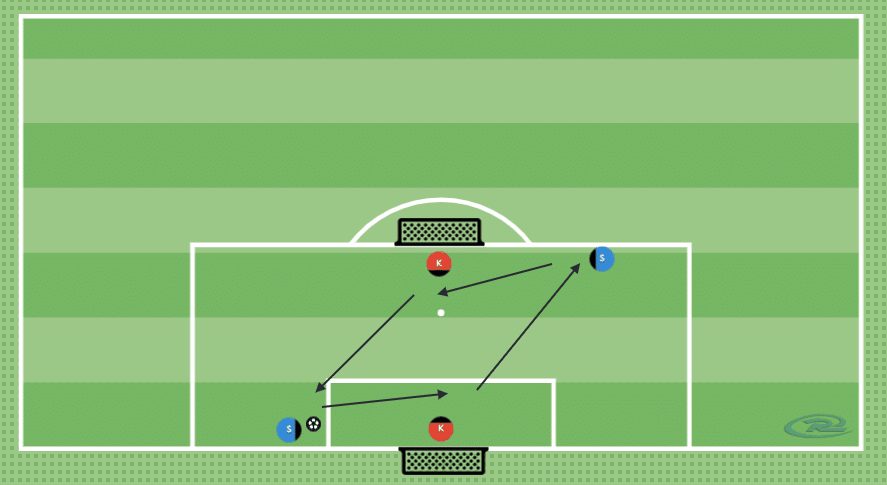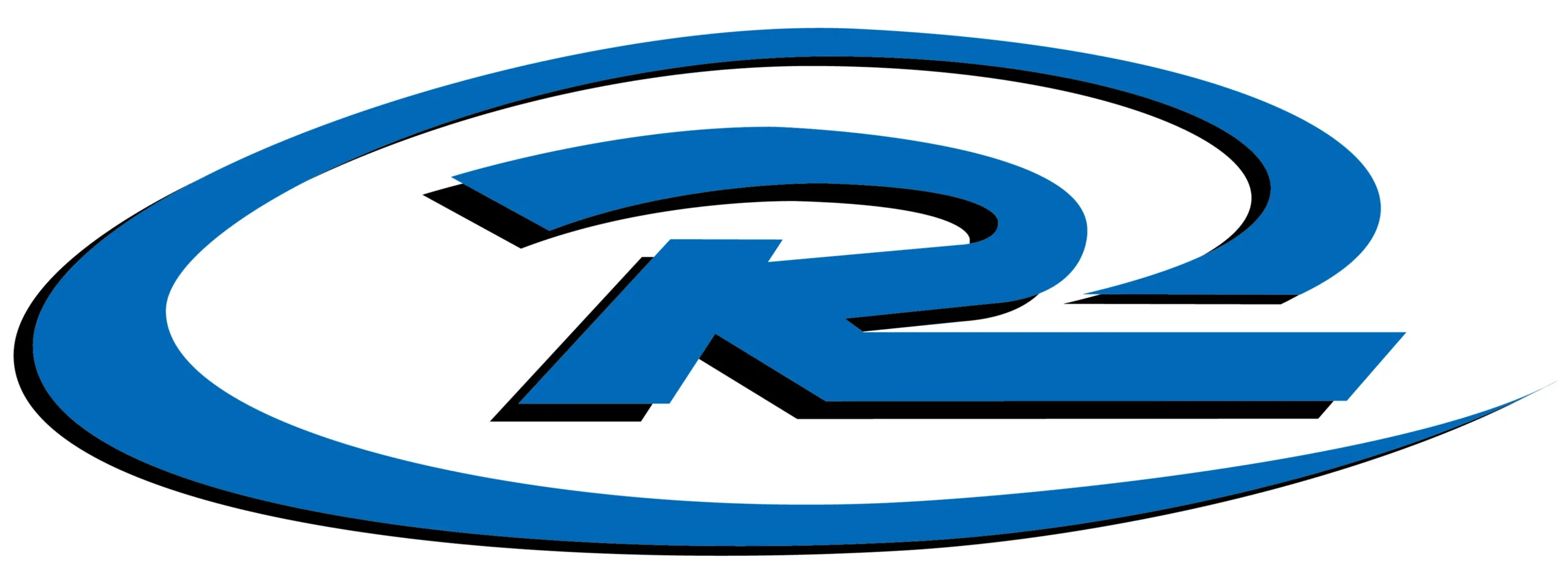This article was written by Sean Connors, Rush Soccer’s Global Goalkeeping Director.
Coaching Goalkeepers is a difficult endeavor. On one hand the GK directly affects wins and losses for a team. But on the other hand there is a time constraint where GK coaches are typically working with limited amounts of time since the GK has to take part in team training as well. Working efficiently is a must for all GK Coaches. Paul Hart is the Assistant Coach/Goalkeeping Coach for the Women’s Soccer team at the University of Washington. In this video Paul speaks on how GK Coaches must maximize time with the GK by coupling topics.
A specific example of this is playing around with the back four coupled with blocking/reaction save. This is the example Paul shows from a training clip. It is a simple passing activity where the second GK represents the opposing center forward. The GK must read the position of the center forward and adjust position to get into an angle of support.
When the activity transitions after a set number of passes the GK who was acting as the center forward goes back to being a GK and has to react to the situation to save the ball.
By coupling topics together it adds an element of transition to GK activities and typically enables more GKs to be involved. Another simple pairing is Crossing and Distribution from hands. In the activity below the GK must catch a hand served cross, and then open with a roll/throw to another server who hand serves the next GK. Players
could stay in the their positions for a set duration, or rotate by following their pass.

This training can be expanded where the server is wider and kicking with their feet. Then the distribution required from the GK would be an overhand throw. The coach could progress further and required a skip throw directly into the servers feet. By coupling Crossing and Distribution it adds a true game similarity to the training and allows more GKs to actively be involved!
What other training topics can be coupled together? How can you as a coach maximize your limited time with the GKs to improve them the most?
